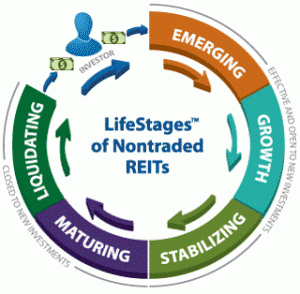Midyear Outlook 2019: The More Things Change

August 26, 2019 | Joseph P. Derhake, P.E. | National Real Estate Investor
After a very healthy first half, 2019 continues to buck all predictions of recession. The labor shortage, concerns around trade tariffs, and political uncertainty may add up to a cautionary cocktail that impacts the way our clients do business—but it hasn’t slowed them down. If anything, CRE investors feel increasing urgency to put money to work.
Nowhere is there more urgency than in the California residential market, where developers are racing to beat a major regulatory change that will take effect in 2020: California’s “Net Zero” residential building standard. Effective January first, all new single-family residences and low-rise multifamily properties must use net-zero electricity. That is, they must have adequate solar arrays to offset all electricity used for cooling, plug-in equipment, and lighting. California is the first in the nation to enact such a code, but even for California, it’s an ambitious standard. Currently only 15-20 percent of new homes have solar panels. While the policy will reduce greenhouse gas emissions, it will also create a significant headwind for developers struggling to keep up with the state’s demand for affordable housing and may have the unintended consequence of restricting the already inadequate housing supply.
Nationwide, investors are taking advantage of lower interest rates and a wide variety of lending options. We are seeing a plethora of private equity-backed, non-bank lenders crop up. Through these ventures, investors are exploring new positions in the capital stack—equity players foraying into the debt market, debt funds taking on construction loans—and their relative inexperience with these positions triggers greater reliance on our risk management services. Furthermore, as these funds are largely unregulated, there is more subjectivity in risk management and more leeway in tailoring due diligence and construction risk strategies to suit the risk appetite of their investor base.











